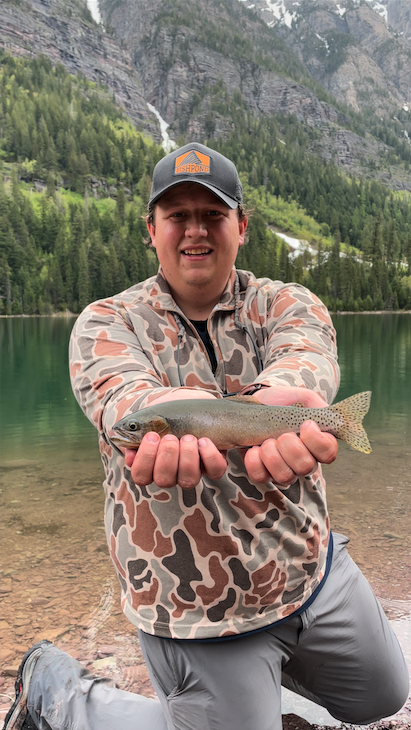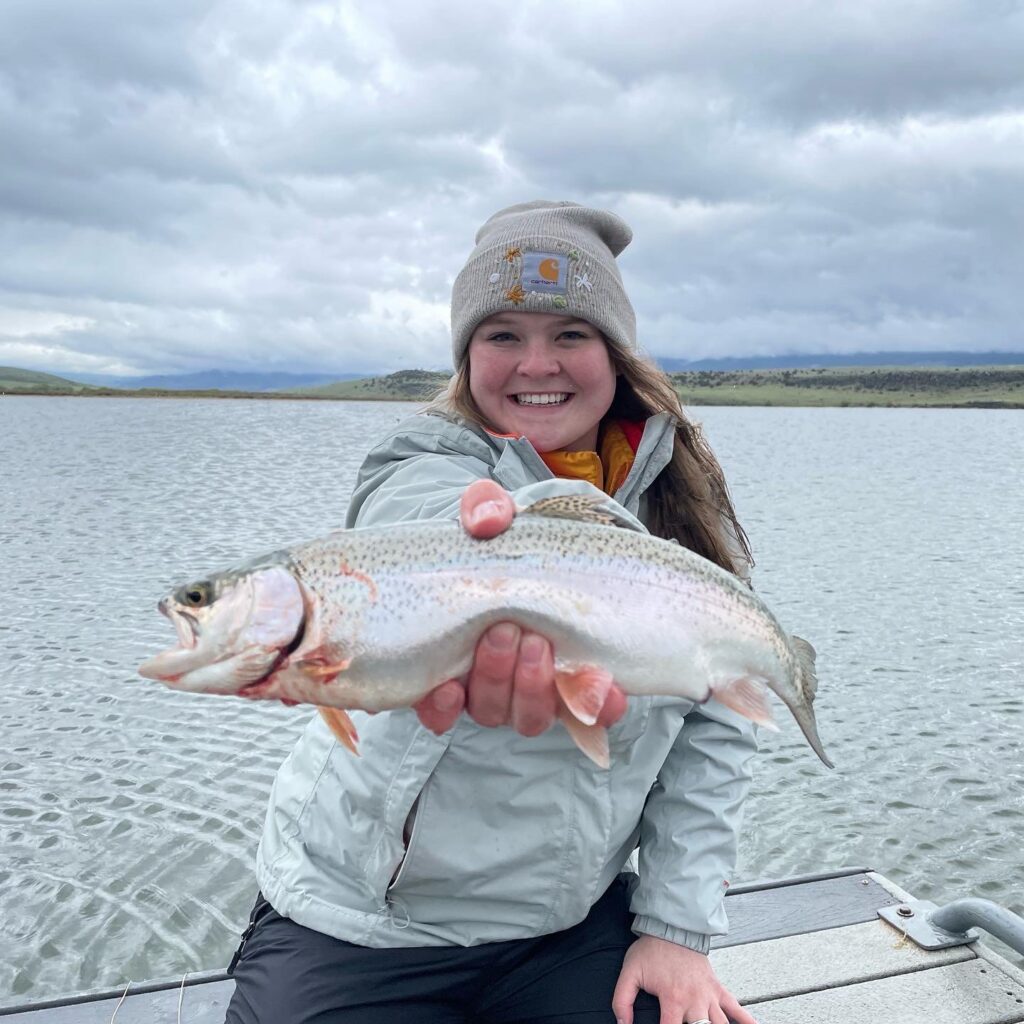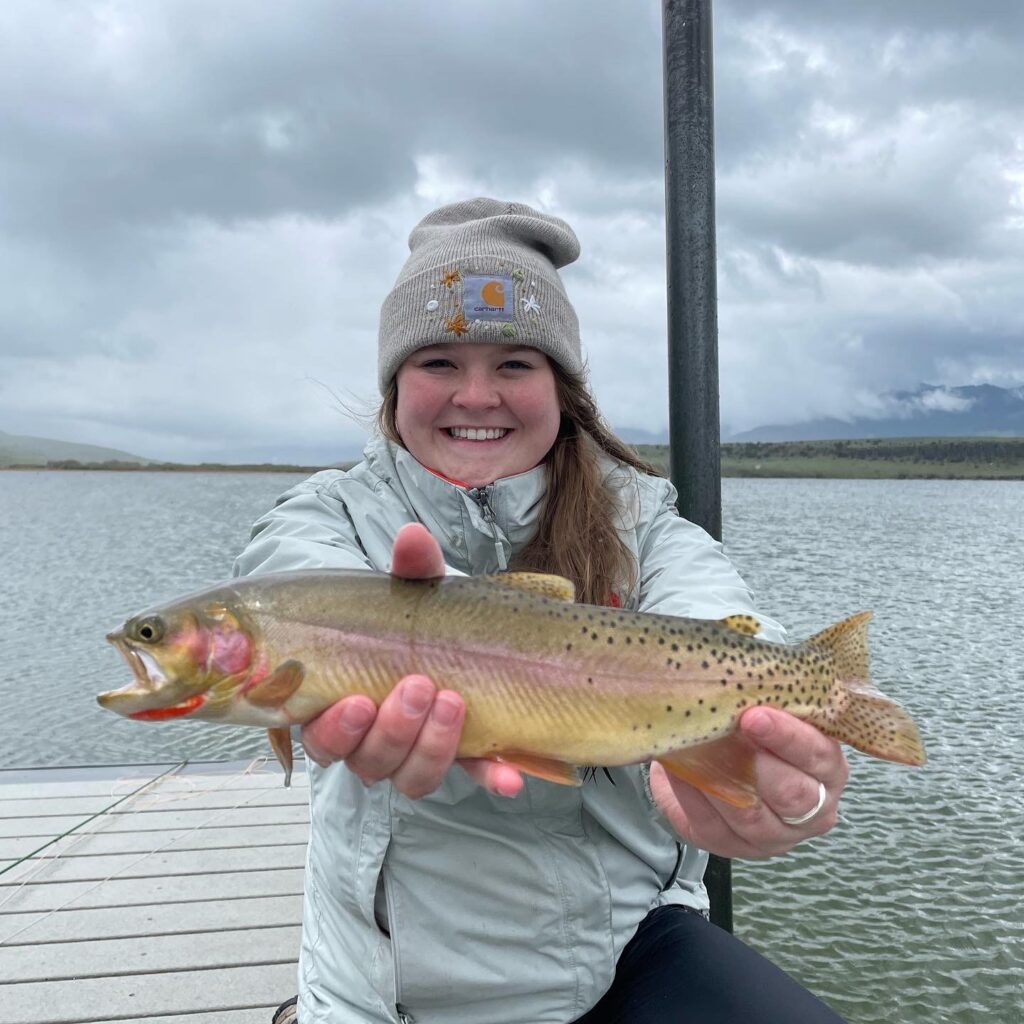Stillwater fly fishing…just another fancy term that the fly fishing industry made up. Stillwater (aka lakes) fly fishing can provide anglers a lot of enjoyment with waters closer to home and an option to bend the rod when rivers are getting run off in the spring. Fly anglers chase all species in stillwater, but trout still takes the cake as the most popular species. As with everything in fly fishing, stillwater fishing can be taken seriously and made complicated. Let’s leave the complicated stuff to chasing permits in the flats and dry fly fishing spooky tailwater trout.
Believe it or not, you have everything to fly fish stillwater. If you are reading this, I assume you have a rod, reel, floating fly line, indicators, and flies. My go-to setup is a nine-foot-five weight with a specialty indicator fly line (this makes roll casting easy since sometimes back casting room is a minimum). The leader setup I use for stillwater is a 7.5 foot 5x fluorocarbon tapered leader attached to a tippet ring. From the tippet ring, I attach fluorocarbon tippet (length depending on depth) to my fly. I then place my indicator on my leader depending on the depth of the water.
Walking up to a new lake is intimidating for everyone…The thoughts begin racing about where the trout could be holding. The nice thing about trout is that they are a cruising fish. They typically will be all over a lake and at different areas in the water columns. If your flies make it in the water and not in a tree, you will have a good chance of catching some.
There are some points in a lake you can begin to focus on if the spots you are fishing are struggling to produce. Focus on any sharp drop-offs and any spots where water flows into the lake, as these are ambush spots for trout to attack.
The only additional fly I recommend is a balanced leech in various styles and colors. A balanced leech (tied in the variation below) is my number one confidence fly when going to a new lake. It has, by far, produced the most fish for me. Another popular fly in the stillwater scene is a chironomid (stillwater midge). A chironomid can be a great choice for fish reluctant to take a balanced leech, and since chironomids are smaller flies, they can also be a perfect for dry dropper fishing.
I recommend using the flies I mentioned above under an indicator for a beginner. This will give you the best chance to bring fish to the net. I typically start by casting to a spot I believe trout will be at, and then I will do a slow retrieve, just enough to keep the fly line tight. Be sure to pay attention as, more times than not, that indicator is underwater before you can even react!




